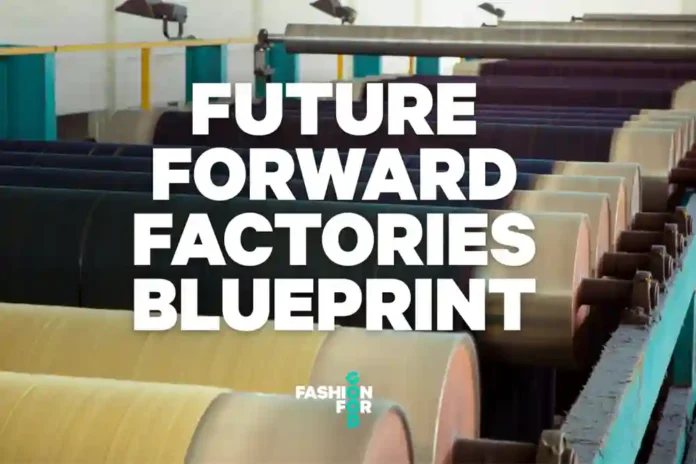Fashion for Good has launched the industry’s first publicly accessible blueprint for near-net-zero textile manufacturing, providing Tier 2 factories with five practical, costed pathways capable of reducing carbon emissions by up to 93%. Developed under the Future Forward Factory project, the blueprint directly targets one of fashion’s most carbon-intensive and technologically stagnant segments: dyeing, treatment, and finishing.
Wet processing remains one of fashion’s hardest-to-abate emissions hotspots. High dependence on steam, thermal energy, chemicals, and water—combined with thin margins and fragmented ownership—has made it difficult for factories to justify large-scale upgrades.
This blueprint provides the missing “how-to” guide: a holistic, technically validated and financially modelled playbook for change.
Created with leading partners including Laudes Foundation, H&M Foundation, Apparel Impact Institute, IDH, and Arvind Mills, the blueprint consolidates best available technologies, disruptive process innovations, and energy interventions into five product-specific pathways for cotton knits and wovens in India.
If fully implemented, factories can achieve:
- 93% reduction in carbon emissions
- 33% reduction in water usage
- 41% reduction in electricity consumption
Each pathway includes: Capex requirements; Payback periods; Internal Rate of Return (IRR); Net Present Value (NPV) calculations; A comprehensive policy and incentives map; A “navigation tool” to help factories identify the most relevant decarbonisation scenario.
Based on strong industry uptake, Fashion for Good plans to expand this model to other regions, developing region-specific blueprints for diverse manufacturing contexts in South Asia and Latin America.



